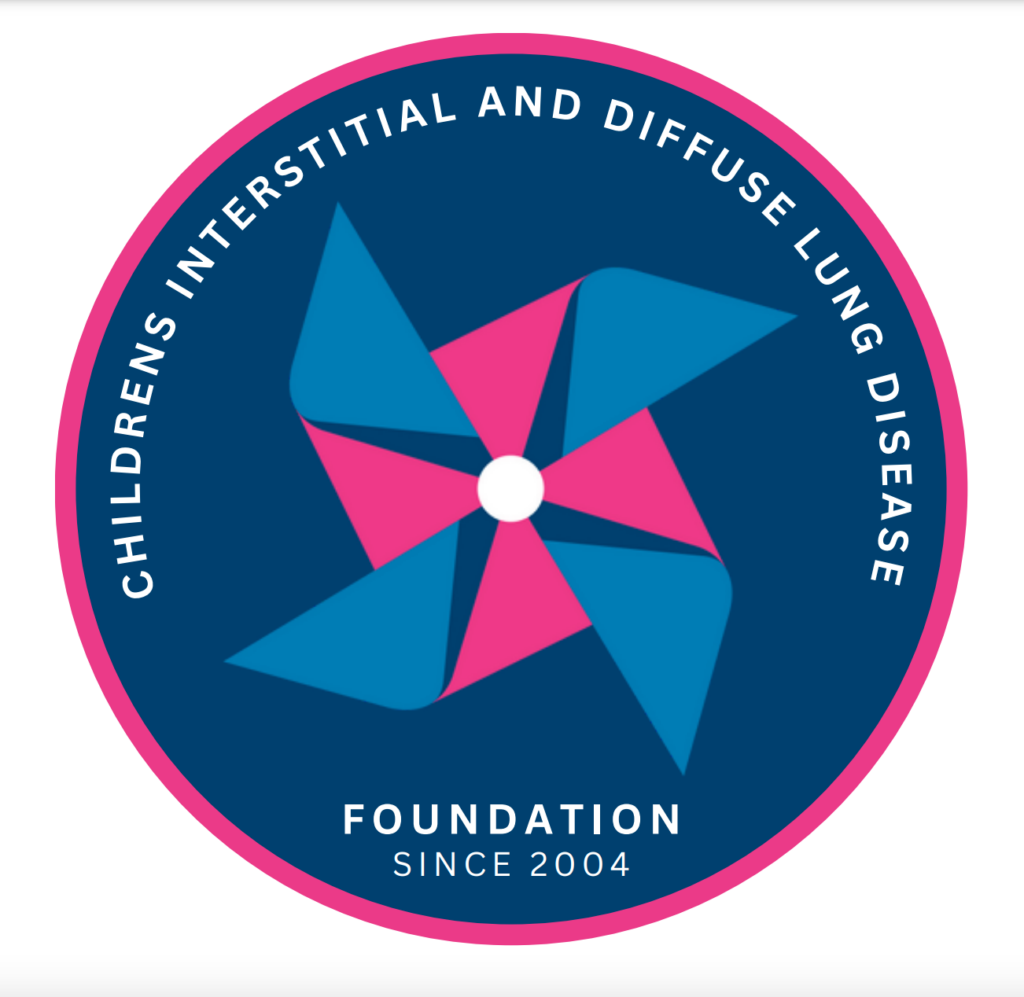What is lung transplantation?
A lung transplant is a surgery where unhealthy lungs are removed and replaced with healthy lungs. The new lungs come from a person who has donated their organs after death. Lung transplants are used when lung disease is very serious and no new medicines or procedures will allow for improvement . Some children with chILD may be sick enough to need a transplant.
Getting a lung transplant is not easy or simple. The choice is complex and different for every family. Lung transplant is not a cure. It is a treatment option that can allow patients to live longer and live better. It is important to know that you are trading one set of problems for new challenges after transplant. Children will need a lifetime of medicines and close follow-up care by their lung transplant team.
Who needs a lung transplant?
Lung transplant is not for everyone. It is a shared decision between your family, your lung doctors, and the lung transplant team. If you are thinking about lung transplant, it is best to meet with a transplant team early so choices can be made before transplant becomes an emergency.
Some lung diseases that may need a lung transplant:
- Cystic fibrosis
- Interstitial lung disease
- Surfactant protein dysfunction
- Alveolar capillary dysplasia
- Bronchiolitis obliterans
- Pulmonary hypertension (high blood pressure in the lungs)
- Heart disease or heart defects affecting the lungs or lung blood vessels
- Bronchopulmonary dysplasia (BPD)
- Pulmonary fibrosis (scarring)
Basics of lung transplant:
The transplant evaluation
There are many tests that need done before lung transplant. These tests help the team decide if a lung transplant will help your child. They also help decide the best time for a transplant. Some children can wait years before a lung transplant is truly needed. These tests may include blood work, heart testing, chest imaging, pulmonary function testing, procedures, and meeting with other doctor teams.
The transplant team will also have you meet with a social worker to make sure the child has enough family support to take care of them after transplant. If the transplant center is far away, your family may have to move closer to that city to live before and after transplant. Your family will be taught about lung transplant to help you decide if it is the best treatment for your child.
The waiting list
After the choice is made for lung transplant, your child will be placed on the transplant waiting list. The United Network for Organ Sharing (UNOS) is the group that controls organ transplants in the United States. The wait time for lung transplant depends on how sick the child is and finding lungs that match the child. Some people wait days for a transplant, while others may stay on the waiting list for years.
Lung transplantation
When it is time for transplant, a cardiothoracic (chest) surgeon will perform the procedure. This is a big surgery that takes several hours. Your lung transplant team and surgery team will follow closely during recovery. Children are in the hospital for many weeks to months to recover and start their life with new lungs.
Life after lung transplant
After transplant, your child will need to be on medicines to make sure their body doesn’t reject the new lungs. It is very important to take all medicines, watch for side effects, and have regular visits with the lung transplant team for follow-up. These medicines lower the immune system. If not careful with medicines or follow-up, children may get very sick with organ rejection or infection.
Nobody can predict how long a child will live after lung transplant. About half of the children who have a lung transplant are alive after 5 years. Hopefully those extra years are filled with easier breathing and a better life. Each child is different. If all goes well, lung transplant can give the child a longer and better life.
Author(s): Jenny Cheng Reviewer(s): Katelyn Krivchenia Version: 1.0
Follow us on social media:
Address:
311 Elm Street
Ste C1#1045
Cincinnati OH 45202
Email: info@child-foundation.org
